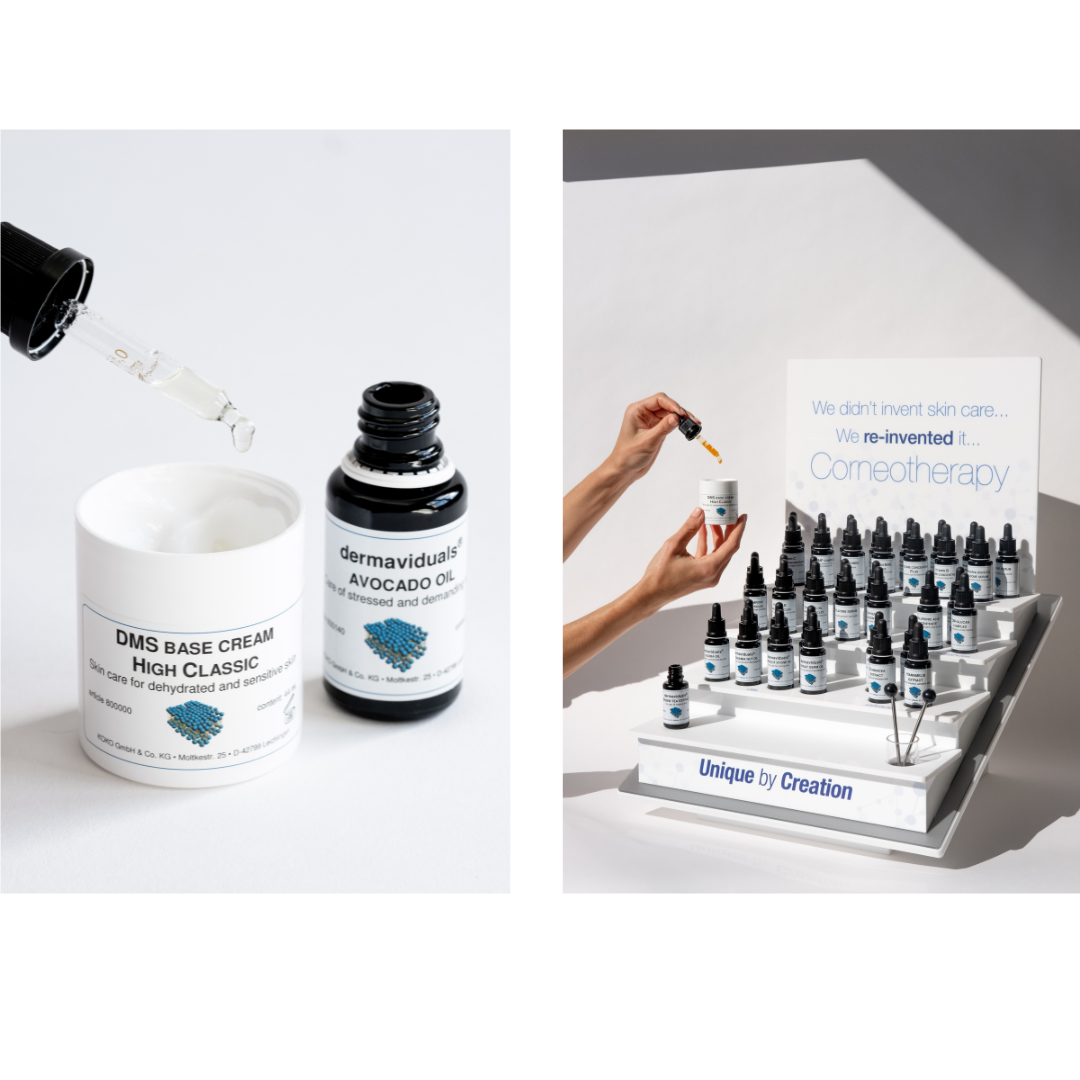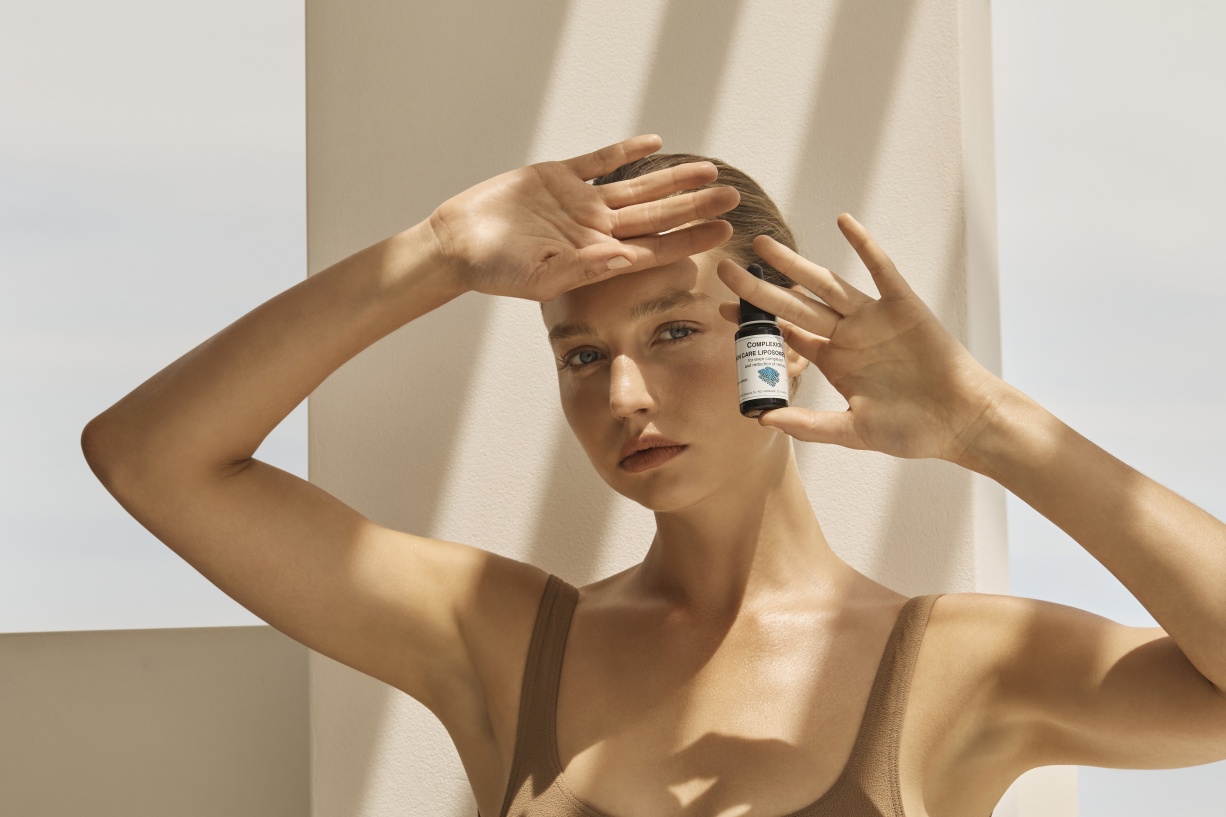Mechanisms of Popular Pigmentation Ingredients
Pigmentation is one of the most common concerns we as skin professionals see and treat in-clinic. This has fostered, in many of us, quite the passion for a better understanding of skincare ingredients and treatment protocols that help tackle this complex issue. If you are a self-professed pigmentation and/or ingredient nerd, this blog is for you!
The deeper our understanding of melanogenesis (pigment production), the better our client results will be. In addition, this will lead to more extensive and high-level education for our clients, which is imperative when building trust and educating them about what is required to achieve the best outcomes. And this then leads to faster, better results, as well as higher rates of compliance, more positive client experiences, more referrals, and so many more benefits.
Treating pigmentation can be time-consuming and arduous, with many intrinsic and extrinsic factors coming into play. It’s about much more than just the pigment itself. The most effective treatment plans often combine a range of ingredients that impact on various stages of the melanogenesis cascade, not just on the final product (melanin) itself. This is why a combination approach is best, aiming not only to break up the existing pigment, but reduce the creation and transfer of melanin in order to prevent future pigmented lesions from developing. But how exactly do these all do so on a cellular level, and how can we explain this to clients?
Melanogenesis, the process by which melanin is formed, is initiated by tyrosinase, a copper-dependent enzyme. This is where products that act as tyrosinase inhibitors enter in, based on the theory that by limiting the activity of tyrosinase, melanin will be triggered less frequently. Tranexamic Acid, hydroquinone, azelaic acid, 4-butylresorcinol, and arbutin all act as tyrosinase inhibitors. Tretinoin, glucosamine, retinol, retinaldehyde, N-acetyl glucosamine can also be used to limit tyrosinase transcription. As tyrosinase is dependant on copper, another way to limit its activity is by utilising ingredients like kojic acid and vitamin c derivatives to interact with copper and prevent tyrosine activation in a more roundabout way.
Once melanogenesis has been initiated, melanocytes must form melanin and transfer this to keratinocytes. It is during these formative or transferal phases which other ingredients act in order to reduce pigmentation. Niacinamide (B3) can slow the transfer of the melanosomes from melanocyte to keratinocyte by up-to 68% by inhibiting the action of the PAR-2 receptor. And we know that niacinamide also increases ceramide, cholesterol, triglycerides and free fatty acid levels in the skin, which in turn improve barrier function and overall skin health and function. Linoleic acid also interferes during this transfer phase. You may know this is omega-6 - another potential benefit of placing your clients on essential fatty acid-based skin supplements if pigmentation is a concern.
And lastly, once melanin has been produced and transferred into the epidermis, ingredients that promote cellular turnover (vitamin c, retinoids, lactic acid, glycolic acid, salicylic acid, liquiritin, gluconolactone) call be used to encourage its removal.
When it comes to skincare brands for pigmentation, dermaviduals formulations have been created with a multitude of ingredients shown to reduce melanin formation and distribution, while simultaneously promoting skin health and function for a multi-benefit approach. Based on the methodology of Corneotherapy, dermaviduals formulations provide the skin with the building blocks to create and support barrier function while ensuring effective delivery of active ingredients via our Liposomes and Nanoparticle delivery systems. Alongside specialised cosmetic chemistry to down-regulate melanin production, reduce melanosome transfer and support overall skin health and function, medical microneedling is a clinically proven treatment modality designed to support the treatment of pigmentation for all skin types including different phototypes. The depth at which the treatment is performed will be the key indicator in the effective treatment of pigmentation with the recommendation of the treatment being performed within the epidermis thus targeting the melanocyte.

To learn more about EXCEED Medical Microneedling and dermaviduals bespoke skincare solutions, visit www.dermaviduals.com.au/exceed/
Written in collaboration with Lisa Paone, Head of Education at Derma Aesthetics



